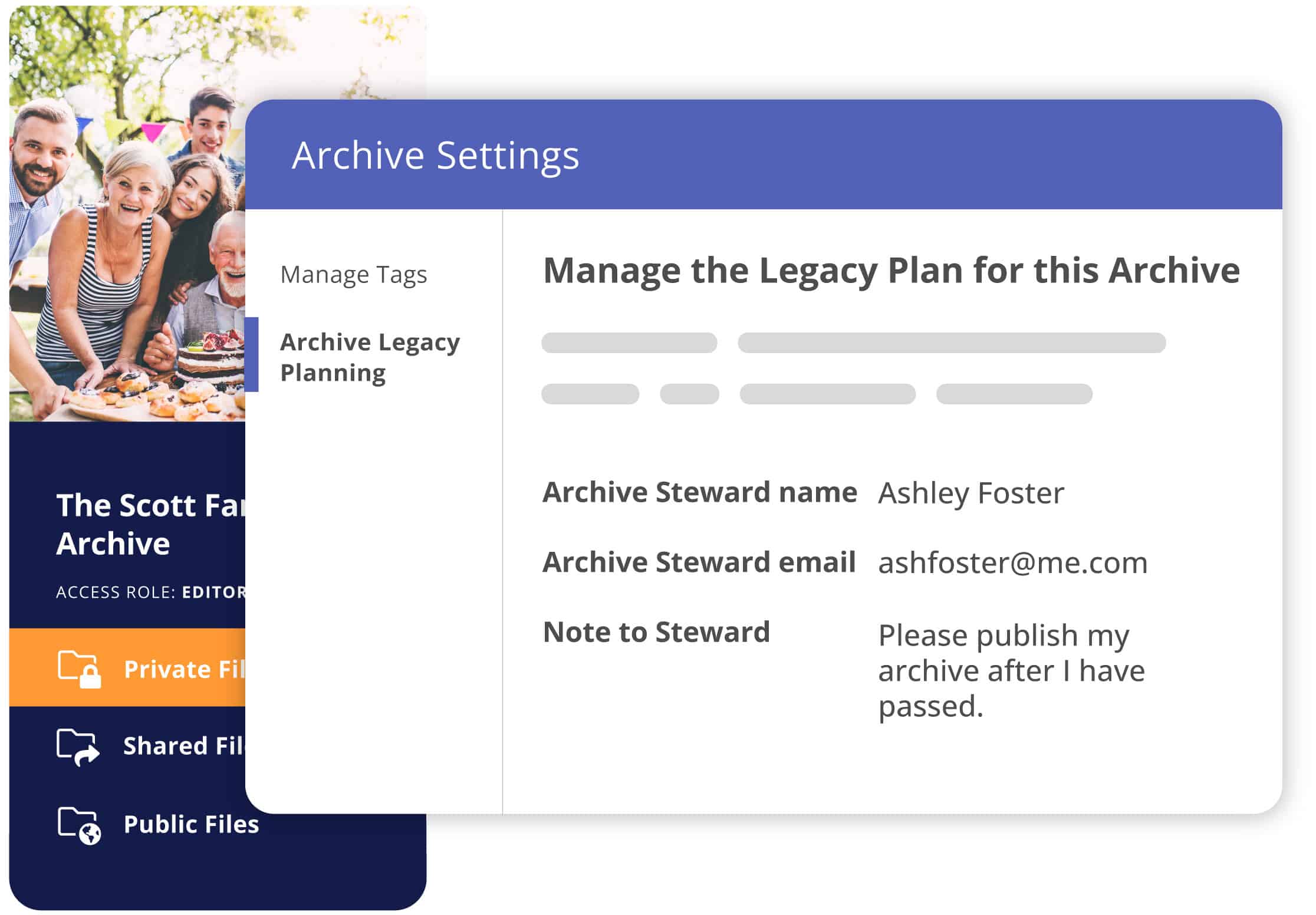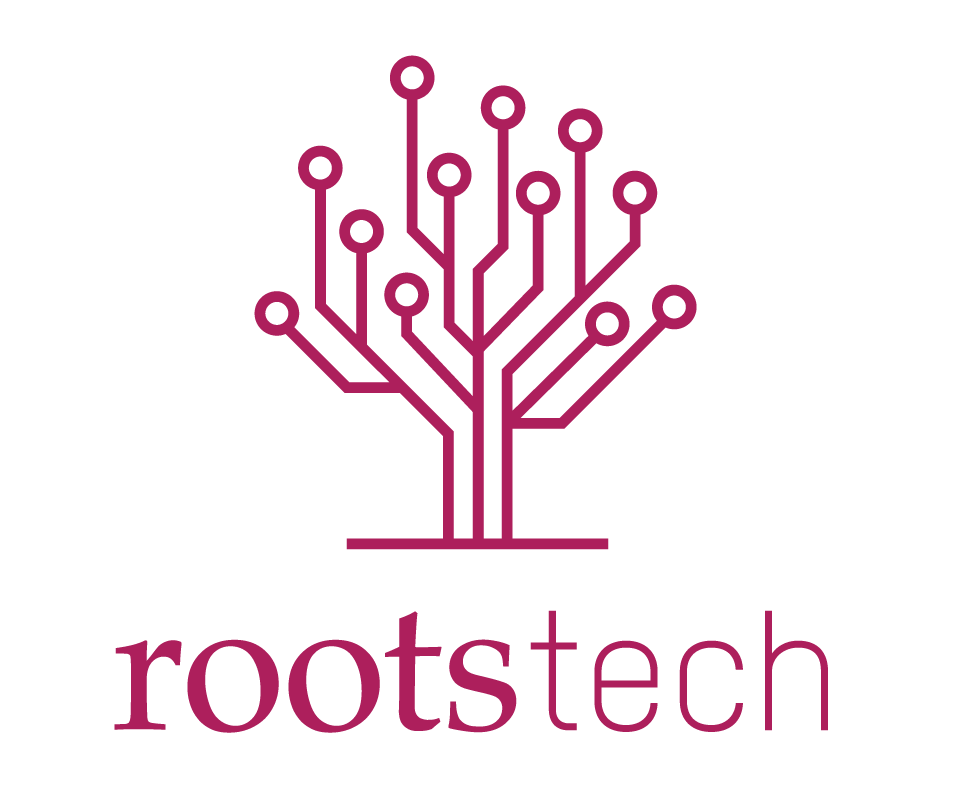
A vital part of Permanent.org’s original manifesto and long term plan includes creating a way for members to determine how their digital legacy on Permanent.org will be managed beyond their lifetime. In 2022, we began planning how to best implement a legacy planning feature by researching best practices, creating a workable prototype, and having members of our community and our partners provide feedback about the prototype and about legacy planning in general.
Over the three months that we surveyed our members and partners about the legacy planning prototype, we received feedback from 40 people. Here are five takeaways we learned from our members about legacy planning and how we’re using that feedback to inform the design of our first iteration on this new feature.
- Members have different motivations to use a legacy planning tool.
Respondents are in consensus that legacy planning, as a concept, is a pathway to perpetuity. However, respondents had varied motivations to consider legacy planning. Some respondents described digital legacy planning as a personal responsibility to their families. Other respondents described legacy planning as a means to preserve their own efforts in their lifetimes. Some respondents see legacy planning as a way for them to ease the future burden on their loved ones.
It is clear, both from this feedback and from other commentary we hear from our members, that their digital legacies hold great value even if motivations for preserving that legacy vary. We will keep this diversity of interpretations and motivations in mind as we develop resources around the legacy planning feature to ensure that everyone can see their goals reflected in the feature.
- Most people are unfamiliar with using legacy planning tools.
We also discovered that legacy planning is an unfamiliar process for most respondents. Only 30% of respondents have created legacy plans using their own or another service’s plan. Half of respondents have considered creating a plan or using a planning feature, but haven’t yet.
This provides us with the challenging, yet exciting, task of introducing many of our members to the idea and process of planning for their digital legacy. We will continue to tailor our legacy planning feature knowing that many members will not have seen anything like this before and ensure that the feature includes clear steps and guidance along the way.
- Legacy planning evokes many kinds of feelings.
Legacy planning provokes both positive and negative feelings in our respondents. A majority of respondents express feeling relief at the idea of creating a legacy plan, and about a quarter are excited. Still, some felt apprehensive and nervous.
As Permanent members approach legacy planning we can anticipate a wide spectrum of emotions. When we first began developing the legacy planning feature, we researched best practices around discussing death in a caring, sensitive, and pragmatic way. These best practices informed the words we chose and the prototype’s user experience design. We will endeavor to make the experience of creating a plan straightforward and well-supported to alleviate (or at least to avoid exacerbating) any emotional challenges our members may have around this process.
- There was some confusion around how certain features of the legacy planning tool would work.
Some respondents were confused about the distinction and relationship between account level and archive level plans. Other respondents were confused about what different choices meant, either in terms of language or practical implications (ex: What would happen if you make no plan? What does choosing to give Permanent the archive mean? What does “memorializing” mean? etc).
The confusion around these unknowns will need to be clarified in education around legacy planning on the platform as well as in Permanent community calls, email newsletters, and other member-facing channels. We will work to ensure that there is clear communication around real-world implications for members’ data.
- Overall, members thought the prototype was easy to use, but challenging to think about.
After clicking through the prototype, respondents described the legacy planning design as easy to use, but challenging to think about. Some respondents perceive thelegacy plan to be a tool for passive posterity, while others mention stewardship as a means of more active perpetuity. Only one respondent felt as though they did not have enough information to describe the legacy planning feature after clicking through the prototype.
The prototype was mostly well received in terms of expectations; 85% of respondents rated 8 or above in terms of their expectations being met. Only one respondent rated the prototype as mostly not meeting expectations, at a value of 3. Respondents reported liking the feature designs in terms of ease of use and guidance. Several respondents also called out the flexibility and control as appealing. Still, the concept of legacy planning is somewhat unfamiliar to many, and at least one respondent wanted more in terms of practical examples.
Knowing that the prototype was mostly well received by our members, we have begun work to implement legacy planning on Permanent.org with a few tweaks to ensure sensitivity and clarity for our members. As we get closer to launching the feature, we will develop ways to introduce the process to our members and facilitate education and reassurance around planning one’s legacy. We hope to make this a supportive and constructive experience for our members to ensure that their legacies live on beyond their lifetimes.

